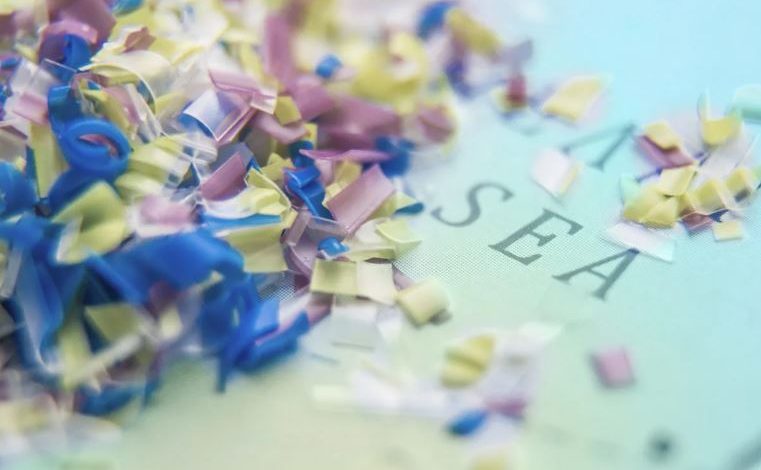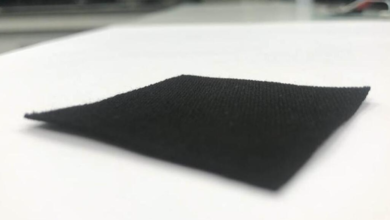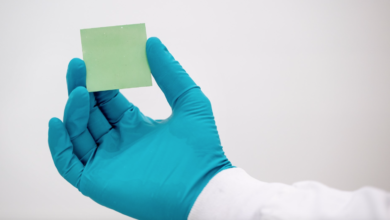The fish robot catches microplastics
The solution to microplastics at sea comes from the imitation of mother-of-pearl
(Sustainabilityenvironment.com) – A Chinese study published in the journal Nano Letters has developed a fish-shaped robot capable of capturing microplastics. The contamination resulting from these particles is now confirmed by the scientific community: we do not know what kind of consequences it may entail but we are sure that they are widely spread throughout the Planet. For this, scientists around the world have come up with different solutions to monitor and capture plastic polymer fragments smaller than 5 mm in size. Among these, a Chinese team has just presented a new prototype: a robot shaped like a fish that can move in the water as if swimming and absorbing microplastics.
The fish robot catches microplastics
The scientists who developed the robot were working on solutions to improve the current soft robots used for water decontamination. These machines are typically made with hydrogels and elastomers, substances that prove unsuitable in marine environments: in looking for alternative substances the team had the intuition to use mother-of-pearl, the material that many mollusks – including clams – secrete for their inner shell.
Read also New parasites transported by microplastics from the land into the ocean
Research has succeeded in perfectly mimicking the microscopic gradient of mother-of-pearl by creating nanosheets of molecules that, like the natural substance, have hydrophobic and external internal hydrophilic and graphene sulfonate; to these were then added several concentrations of polyurethane latex mixtures. The sheets have been accumulated in several layers, creating a gradient that perfectly mimics the mother of pearl. The latter was then transformed into a small robot shaped like a fish. The machine measures just 15 mm, is flexible and resistant and has an infrared light in the tail that, turning on and off, makes it move by pushing the fish-robot forward, as if it were swimming. The speed it is able to reach is even greater than that of other similar robots, reaching the length of its body for 2.67 times in a second. The efficiency of the machine is such that it is able to regenerate if damaged.
During its displacement, the robot is able to absorb and transport microplastics and, according to the team that worked on the project, could be a valuable tool to counteract the contamination of the oceans linked to these particles.






